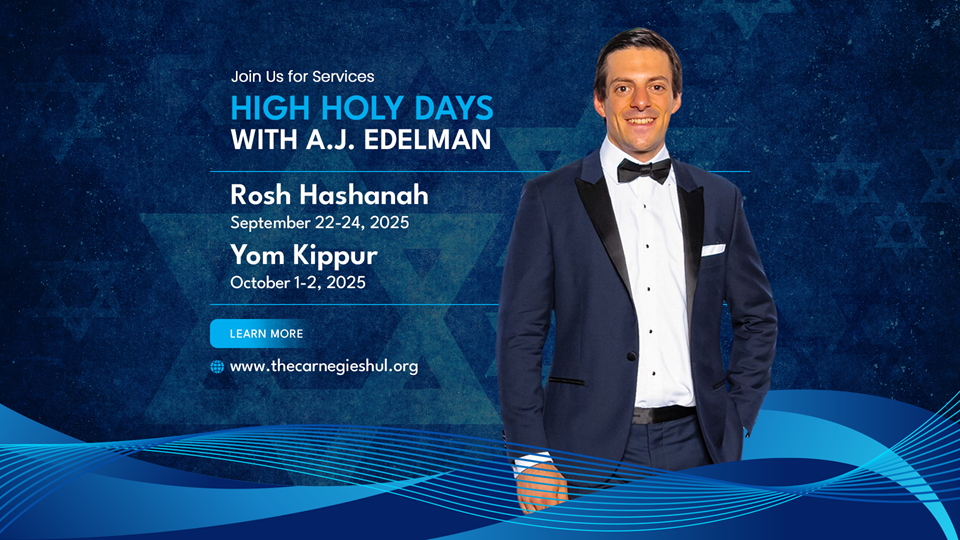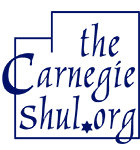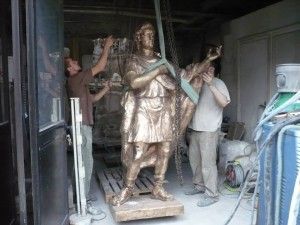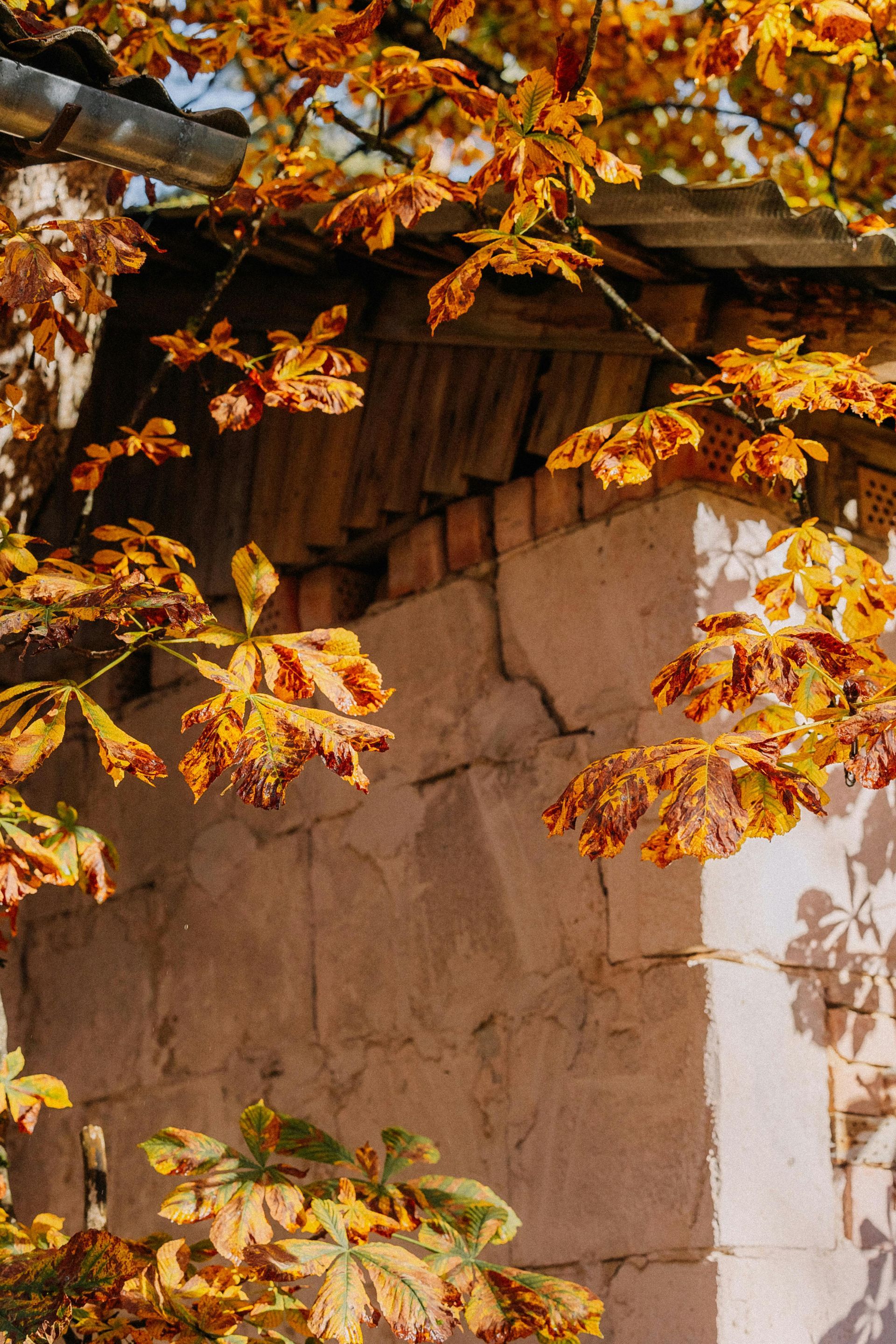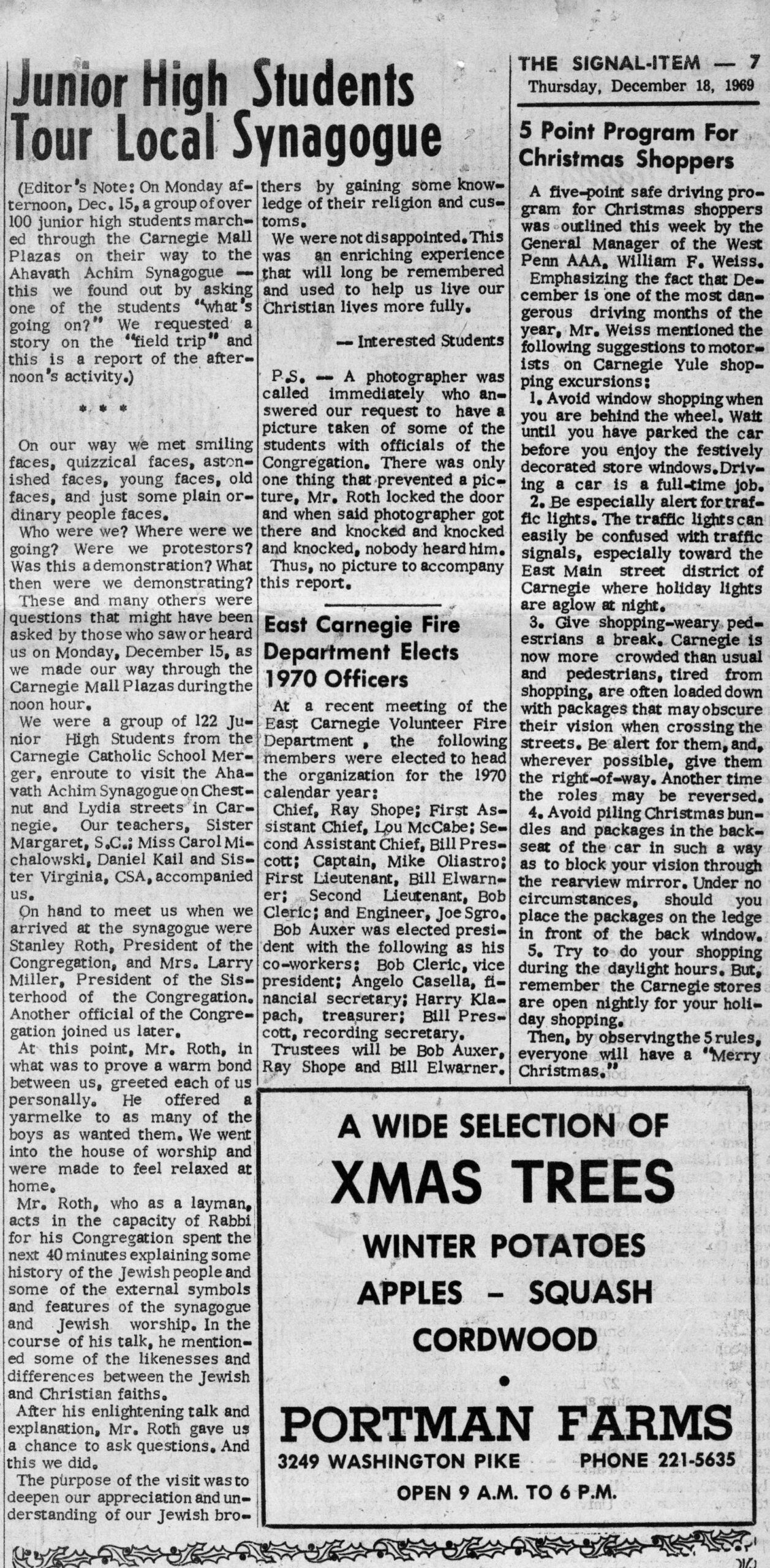France Hilbert has an easy to remember name. She is France from France. Born and raised in Paris, but spending much of her adult life in NYC, France is a painter and sculptor currently living in Bar Harbor, Maine. In addition to her artwork, she was active in Yiddish life in NYC. She is known for her outdoor permanent exhibits like the statue of Talma, on display at the Theatre of the Valley of L’Yerres, in Brunoy, France. See more of France's work HERE and HERE.
The Advance of Art in Carnegie
The Advance of Art in Carnegie
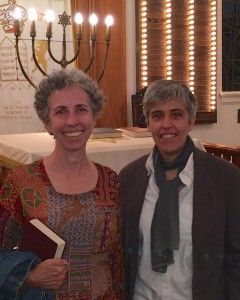
My friend Phil Salvato is fond of pointing out that a community that has art is a community that thrives in all other aspects— shops, restaurants, business, housing. When we look at the revival of Carnegie over the past few years, it is obvious that the arts are certainly a factor. Although we do have the 3rd Street Gallery and The Clay Place, I would point to music and live theater as major developments. Phil himself, while being mostly known for his painting, has been a tireless promoter of jazz in Carnegie for the past 20 years. The Pour House brings live music to Carnegie every Tues-Sat evenings. But what actually sets the Pour House apart from other taverns is that they also have live music during lunchtime and happy hour. Our Carnegie Library Music Hall (which also is known by its awkward but appropriate nickname, the Carnegie Carnegie) rounds out the musical offerings in the borough with performances ranging from opera to chamber music to choral works appropriate for that grand venue.
Just as significant as the growth of music is the growth of live theater in Carnegie. Our Music Hall hosts two resident theater companies— Pittsburgh Savoyards and Stage 62. These two very different theater companies have loyal followers in the Pittsburgh area and draw a lot of people into town from other communities. More recently, Hans and Virginia Gruenert moved Off the Wall Theater from Washington, PA to Main Street. Newly reorganized as The Carnegie Stage, it hosts the Off The Wall Theater company and the Firewall Dance company. This month The Carnegie Stage is hosting New Works Festival, a month long program of brand new one-act plays. This long running annual festival moved to Carnegie three years ago in another sign of Carnegie's burgeoning theater scene.
The growth of the music and theater scene has caused a boom in new restaurants and shops in Carnegie. This in turn has caused other businesses, like engineering and software companies to want to locate in Carnegie. This Main Street 'vibe' helps them attract and retain employees. The spin off effects are real and observable. How many of you can say that you can walk from your office to have lunch at one of 10 unique non-chain restaurants? And that's not counting the ice cream shop at Flying Squirrel. Critics of course will say that they can go to many other venues to hear live music and see live theater. That's true. And they will say that they can drive to any restaurant they want. And that's true, too. But what they can not say is that all of those things are in walking distance from their home and office. Yes, it's great that we are bringing guests into town from neighboring communities. But while many communities claim that they are "great places to live, work, and play", Carnegie is actually doing it.
OK, the original intent of this story was to tell you about two special guests we had at shul for Yom Kippur. But I migrated into talking about how great Carnegie is, and I can't ever turn that spigot off!
I made several new acquaintances during the Holidays, including Harry Scheyer, Philip Green, and Ed Elikan. But of special interest were two women who are visiting Carnegie on arts related projects. They were surprised to learn that there was a shul in Carnegie, and that they could attend Yom Kippur services here, and it was close enough to walk!
Andrea Lepcio is a playwright who has lived most of her life in Boston. Her play Searching for the Pony debuted here in Carnegie last year, and I know some of you saw it. It is the story of a family dealing with breast cancer. Well, Andrea is back. Her newest play Tunnel Vision will have its world premiere here in Carnegie on October 16. It will run for two weeks at The Carnegie Stage on Main Street before heading to lesser known theater towns like NYC. Andrea will be here in Carnegie for the next month or so, as she helps the cast prepare. She told me that we should expect to see her at the shul during that time. Click HERE for more information about her upcoming production.

As Carnegie continues to renew itself, we should expect that events such as the visit of Andrea Lepcio and France Hilbert will become more typical and less rare.
Note: it's important to clarify that the above photo of Andrea and France in the sanctuary was not taken during the Yomtov; I took it after the Wednesday Maariv service following the conclusion of Yom Kippur. —Rick
